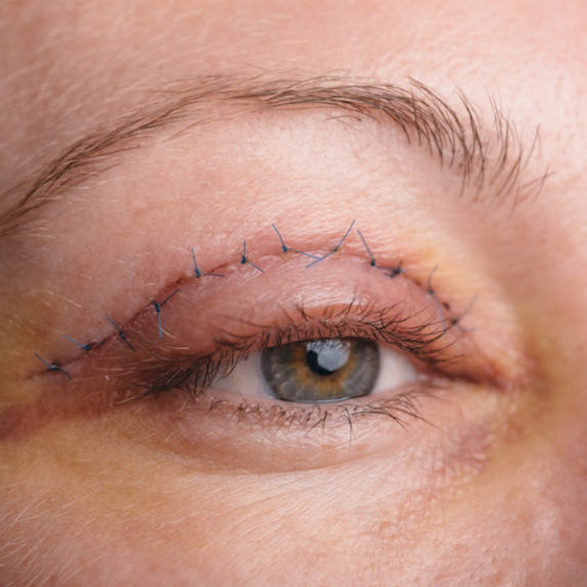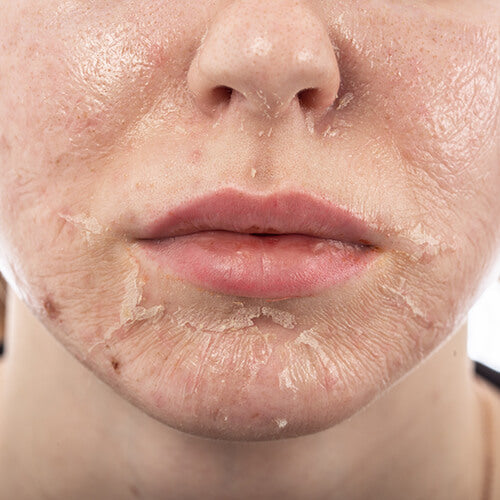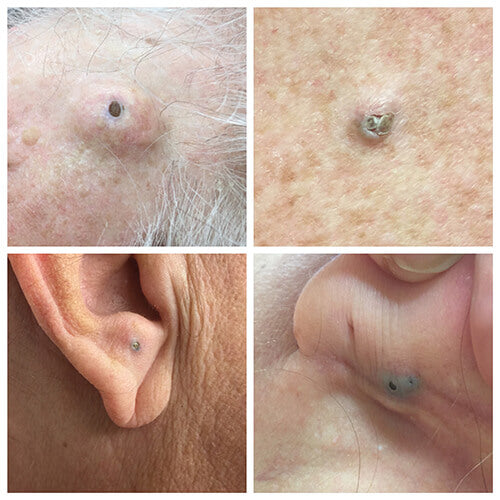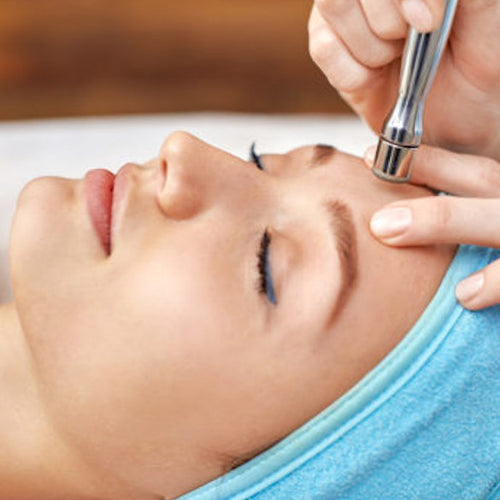
Blepharoplasty Basics: How Eyelid Surgery Works
The skin surrounding your eyes is super-delicate, making it one of the first places to show signs of aging like wrinkles and sagging skin. So is there anything you can do to get your eye area back to looking like it once did? If you’re dealing with severely sagging or baggy skin around your eyes that…
Published:
3 minute read
The skin surrounding your eyes is super-delicate, making it one of the first places to show signs of aging like wrinkles and sagging skin. So is there anything you can do to get your eye area back to looking like it once did? If you’re dealing with severely sagging or baggy skin around your eyes that make you look tired, we’re here to answer your questions and teach you about an eyelid procedure called blepharoplasty.
Why is my eye area is starting to droop?
The skin around your eyes becomes less elastic as you get older, and in turn — starts to sag. Elastin is a protein found in skin, and you produce less of it as the years go by. Plus, the elastin you do have starts to lose its shape. You make tons of facial expressions day in and day out, stretching out the elastin constantly.
Everything from pollution to UV exposure can damage your elastin and accelerate the aging process in this delicate area. This decrease and breakdown causes skin to wrinkle and droop underneath your eyes and extra skin to hang from your upper eyelids.
So what is blepharoplasty?
It’s essentially an eyelift, otherwise known as a surgical procedure you can get to rejuvenate your eye area. During the surgery, a doctor will remove excess skin that’s causing drooping. There are actually a few different types they perform.
An upper blepharoplasty involves removing extra skin from your upper eyelid, a lower blepharoplasty involves removing extra skin and fat from beneath your lower lash line, a lower lid pinch blepharoplasty involves removing excess skin (but not fat) from underneath your lower lash line, and a transconjunctival blepharoplasty involves removing under-eye fat (but not excess skin) to address genetic under-eye bags.

What can I expect from eyelid surgery?
For any of these versions of an eyelift, your doctor will use local anesthesia and then make an incision to remove the skin and/or fat. The incisions will either be underneath your lashes or behind your eyelid, so you won’t be able to see them once they’ve healed. Before cutting into you, your M.D. will mark exactly where they’ll be removing skin, fat, and muscle so that you know what to expect. They’ll evaluate your facial features (such as your bone structure) to determine exactly where to remove excess tissue. Because of the anesthesia, so you’ll need to have someone with you to take you home once the surgery is over. If you’re having surgery on both your upper and lower lids, it can take up to two hours.
How do I know if I’m a good candidate for eyelid surgery?
If your upper eyelids are puffy, you always look tired, or you have lots of extra skin on your upper eyelid, then an eyelift might be right for you. Sometimes, sagging skin may lead to vision problems if the excess skin starts covering your eyes, and in that case, blepharoplasty could even be beneficial for that reason.

What’s the downtime like post-blepharoplasty?
You may experience swelling and bruising for a few days post-eyelift, and blurry vision or tearing is also possible in the first few days. The incisions could also show up as red marks initially, but they’ll fade once they’re fully healed. Using cold compresses and taking OTC painkillers are two options for dealing with any post-procedure pain. You should be back to your normal self within two weeks.
What results can I expect from a blepharoplasty?
While an eyelift can offer rejuvenation, you shouldn’t expect it to magically take years off your appearance. That being said, results are long-lasting. Be sure to keep up your skincare game post surgery and put on SPF daily! We recommend finding a moisturize with an SPF built in (at least 15) so you can kill two birds with one stone. This way, you’ll stay moisturized and prevent future sun damage that can lead to sagging skin!
Dr. Ashley Steffens, a dermatology resident at Southern Illinois University School of Medicine (SIU), helped contribute to the accuracy of this story.








